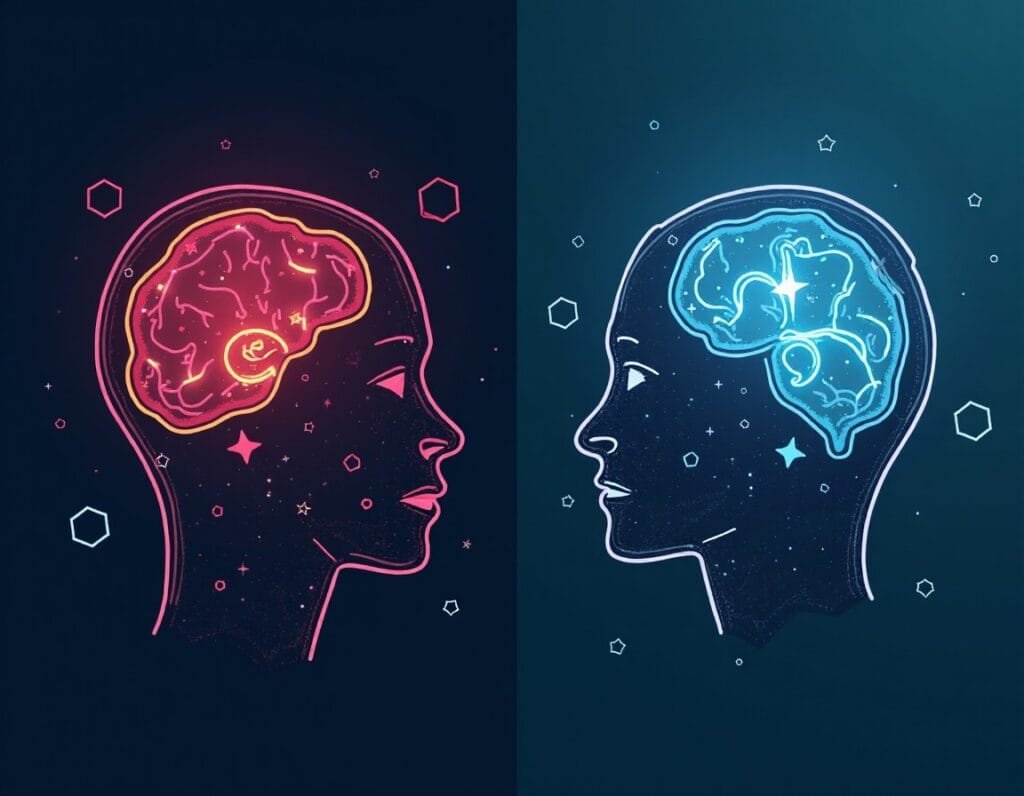“`html
Are You Getting Enough Sleep? The Rise of Sleep Tracking Wearables Reveals the Shocking Truth About Our Slumber Habits and How Tech is Revolutionizing Rest.
As we navigate our increasingly fast-paced lives, it’s no secret that sleep has become a luxury many of us can’t afford. But what if you could unlock the secrets to better rest with just a glance at your wrist? Sleep tracking wearables have taken the world by storm, providing an unprecedented level of insight into our nocturnal habits and helping us make informed decisions about our overall wellness.
In this article, we’ll delve into the top sleep tracking wearables on the market, exploring their features, benefits, and user reviews. Whether you’re a fitness enthusiast, a busy professional, or simply someone looking to improve your quality of life, understanding how these devices work can be a game-changer for your sleep and overall health.
From smartwatches to fitness trackers, wearable gadgets have become an integral part of our daily lives, and the trend shows no signs of slowing down. As technology continues to advance, we can expect even more innovative solutions to emerge in the world of sleep tracking wearables, making it easier than ever to prioritize rest and wake up feeling refreshed and revitalized.
So, if you’re curious about how sleep tracking wearables can transform your relationship with sleep, keep reading to discover the top devices for better rest.
What is Sleep Tracking Wearables?
Sleep tracking wearables are devices designed to monitor and analyze your sleep patterns, providing insights into the quality and duration of your sleep. These gadgets use sensors to track movements, heart rate, and other physiological signals to offer a comprehensive overview of your sleep health.
The Evolution of Sleep and Wellness Wearables
The journey of sleep monitoring devices began with basic fitness trackers that offered rudimentary sleep tracking capabilities. Over the years, advancements in technology have transformed these devices into sophisticated tools that not only track sleep but also provide actionable insights for improving sleep quality.
Modern sleep tracker gadgets incorporate features such as heart rate monitoring, oxygen saturation levels, and even stress detection. This evolution has been driven by a growing awareness of the importance of sleep for overall health and wellness.

Top 10 Sleep Tracking Wearables Revolutionizing Restful Nights
As we look towards 2025, several slumber tracking watches are set to redefine how we approach sleep and wellness. Here are the top 10 devices leading the charge:
- Apple Watch Series 8 – Known for its advanced health monitoring features, including sleep tracking and ECG capabilities.
- Fitbit Sense – Offers comprehensive sleep analysis with stress management tools and heart health monitoring.
- Oura Ring – A sleek, ring-shaped device that provides detailed insights into sleep stages and readiness scores.
- Whoop Strap 4.0 – Focuses on recovery and performance, offering in-depth sleep and strain analysis.
- Garmin Venu 2 – Combines fitness tracking with sleep monitoring, providing a holistic view of health.
- Withings Sleep Analyzer – A non-wearable device that slips under your mattress to track sleep patterns and detect sleep apnea.
- Samsung Galaxy Watch 5 – Features advanced sleep tracking with SpO2 monitoring and stress management.
- Polar Vantage V2 – Offers sleep tracking alongside training load and recovery insights for athletes.
- Motiv Ring – A discreet ring that tracks sleep, activity, and heart rate with a focus on simplicity.
- Beddit Sleep Monitor – Provides detailed sleep analysis and integrates seamlessly with Apple Health.
How Do Sleep Tracking Wearables Work?
Sleep tracking wearables utilize a combination of sensors and algorithms to monitor various physiological parameters. These devices typically track:
- Movement – Accelerometers detect body movements to determine sleep stages.
- Heart Rate – Optical sensors measure heart rate variability to assess sleep quality.
- Oxygen Levels – Pulse oximeters monitor blood oxygen saturation, which can indicate sleep apnea.
- Temperature – Some devices track skin temperature to provide additional insights into sleep patterns.
By analyzing this data, sleep monitoring devices can provide detailed reports on sleep duration, sleep stages (light, deep, REM), and overall sleep quality.
Benefits of Using Sleep Tracking Wearables
Integrating sleep tracker gadgets into your daily routine offers numerous benefits:
- Improved Sleep Quality – By understanding your sleep patterns, you can make informed decisions to enhance your rest.
- Health Monitoring – These devices provide insights into heart health, stress levels, and overall wellness.
- Personalized Insights – Tailored recommendations help you optimize your sleep environment and habits.
- Goal Setting – Set and track sleep goals to ensure you’re getting the rest you need.
Challenges and Limitations of Sleep Tracking Wearables
While sleep tracking wearables offer valuable insights, they are not without limitations:
- Accuracy – Although improving, the accuracy of sleep stage detection can vary between devices.
- Comfort – Wearing a device to bed may be uncomfortable for some users.
- Data Privacy – Concerns about data security and privacy are prevalent as these devices collect sensitive health information.
- Battery Life – Frequent charging may be necessary, especially for devices with multiple features.
Comparing Sleep Tracking Wearables: A Quick Overview
| Device | Key Features | Price Range |
|---|---|---|
| Apple Watch Series 8 | ECG, Sleep Tracking, Fitness Monitoring | $399 – $749 |
| Fitbit Sense | Stress Management, Sleep Analysis, Heart Health | $299 – $329 |
| Oura Ring | Sleep Stages, Readiness Scores, Activity Tracking | $299 – $399 |
| Whoop Strap 4.0 | Sleep and Strain Analysis, Recovery Insights | $30/month subscription |
| Garmin Venu 2 | Fitness and Sleep Monitoring, Stress Tracking | $399 – $449 |
Future Trends in Sleep and Wellness Wearables
The future of sleep and wellness wearables is promising, with several trends on the horizon:
- AI Integration – Artificial intelligence will enhance data analysis, providing more accurate and personalized insights.
- Non-Invasive Monitoring – Advances in sensor technology will lead to more comfortable and less intrusive devices.
- Holistic Health Tracking – Future devices will integrate sleep data with other health metrics for a comprehensive wellness overview.
- Improved Battery Life – Innovations in battery technology will allow for longer usage without frequent charging.
Conclusion: Embracing the Future of Sleep Tracking Wearables
As we move towards 2025, sleep tracking wearables will continue to play a crucial role in enhancing our understanding of sleep and overall health. By embracing these technologies, we can take proactive steps towards better rest and improved wellness.
For more information on sleep and wellness wearables, visit Wearable Gear Trends.
Additional Resources
- National Sleep Foundation – Comprehensive resources on sleep health and wellness.
- Healthline: Sleep Health – Articles and tips on improving sleep quality.
- CDC: Sleep and Sleep Disorders – Information on sleep disorders and public health.
Stay updated on the latest trends in wearable technology by following us at Wearable Gear Trends and subscribing to our newsletter for more insights on Sleep and Wellness Wearables.
“`




